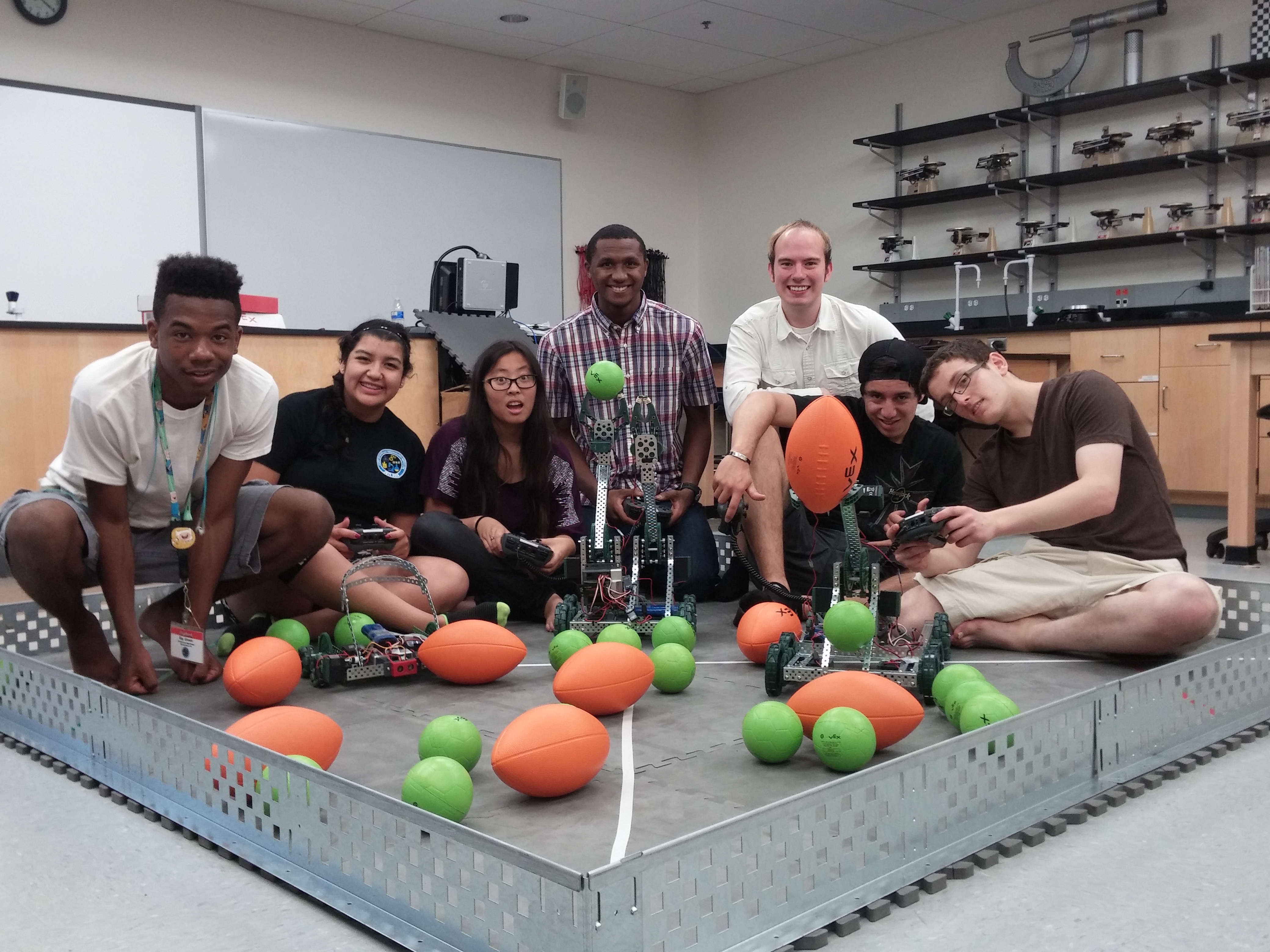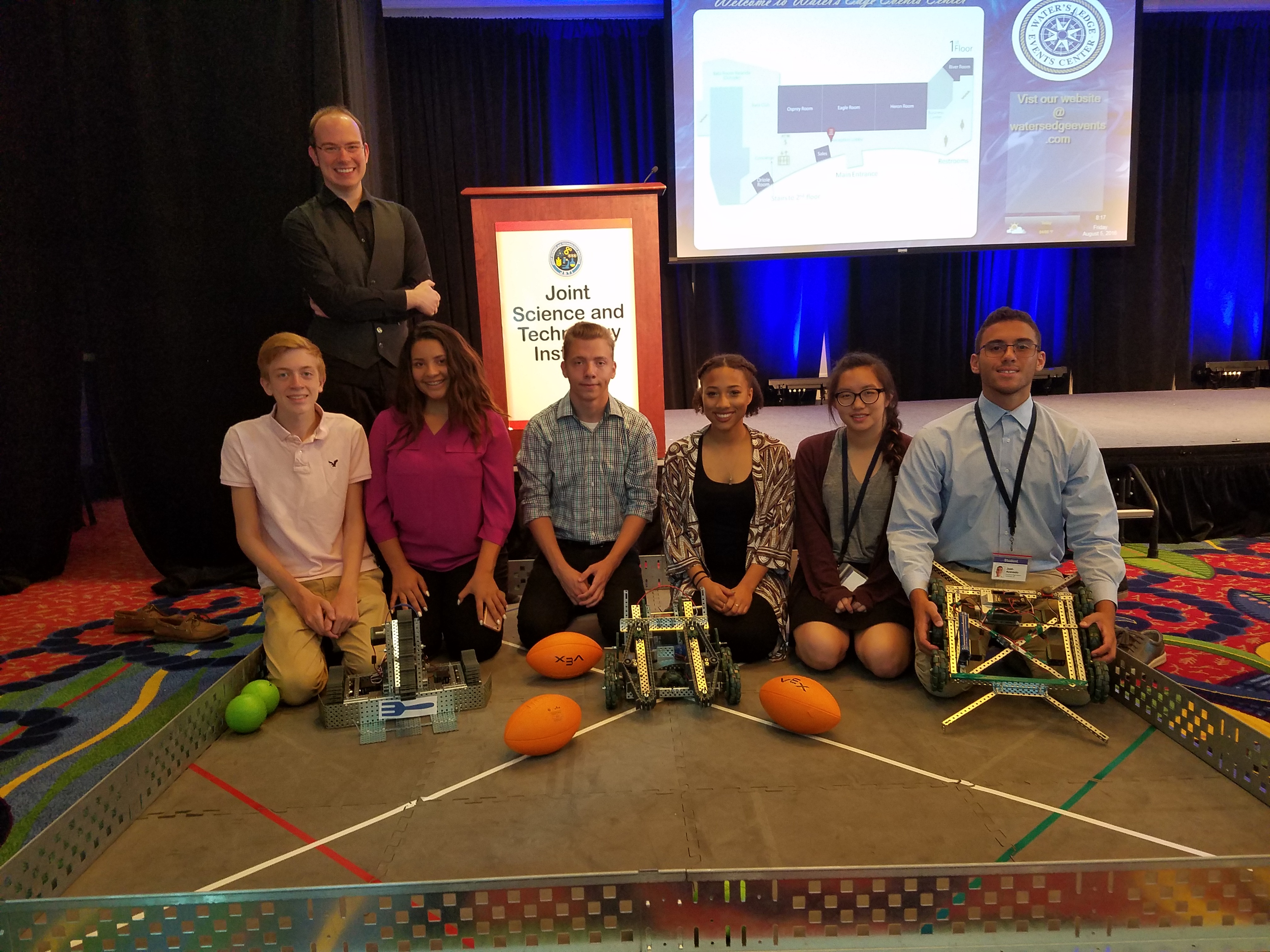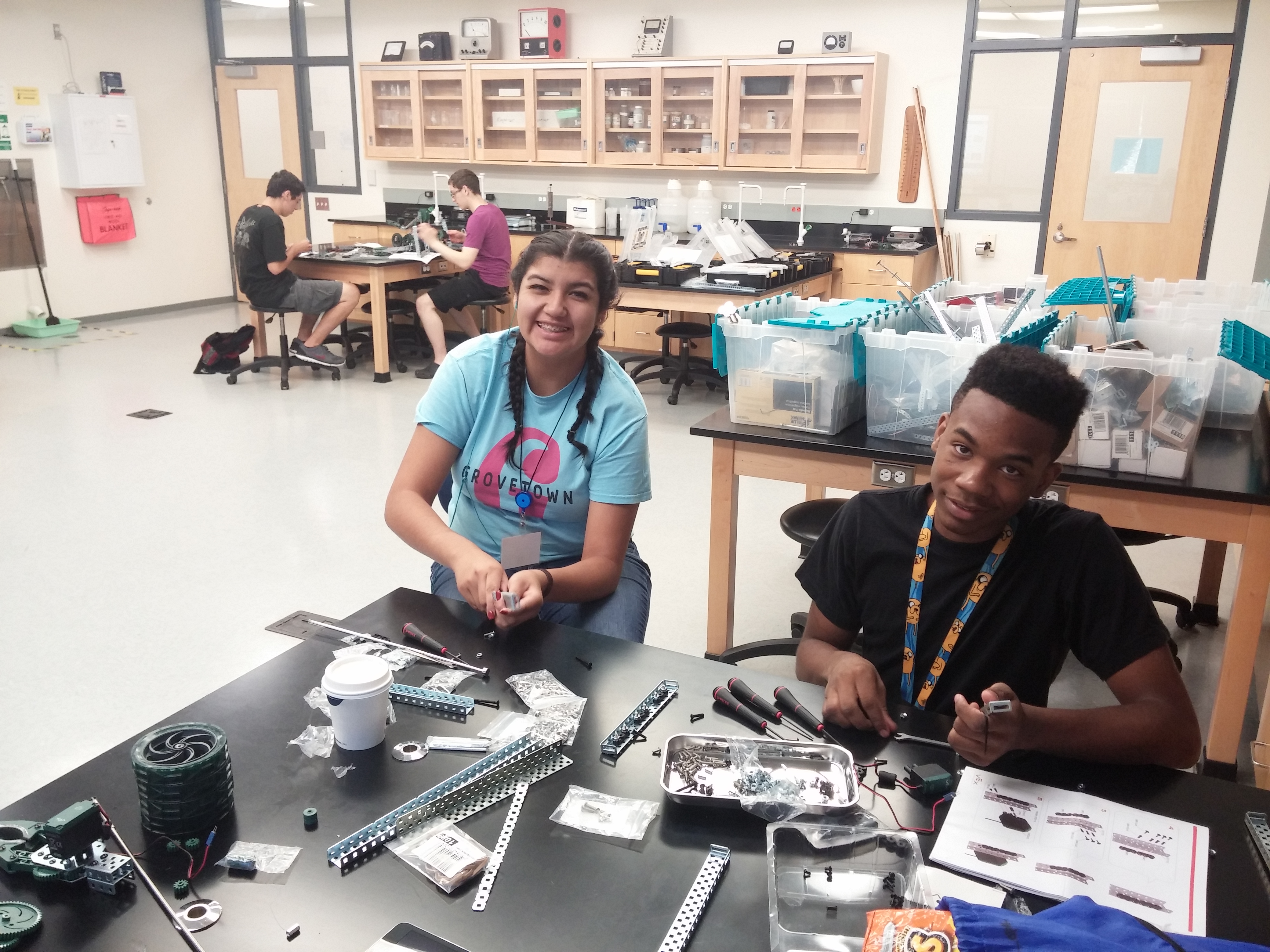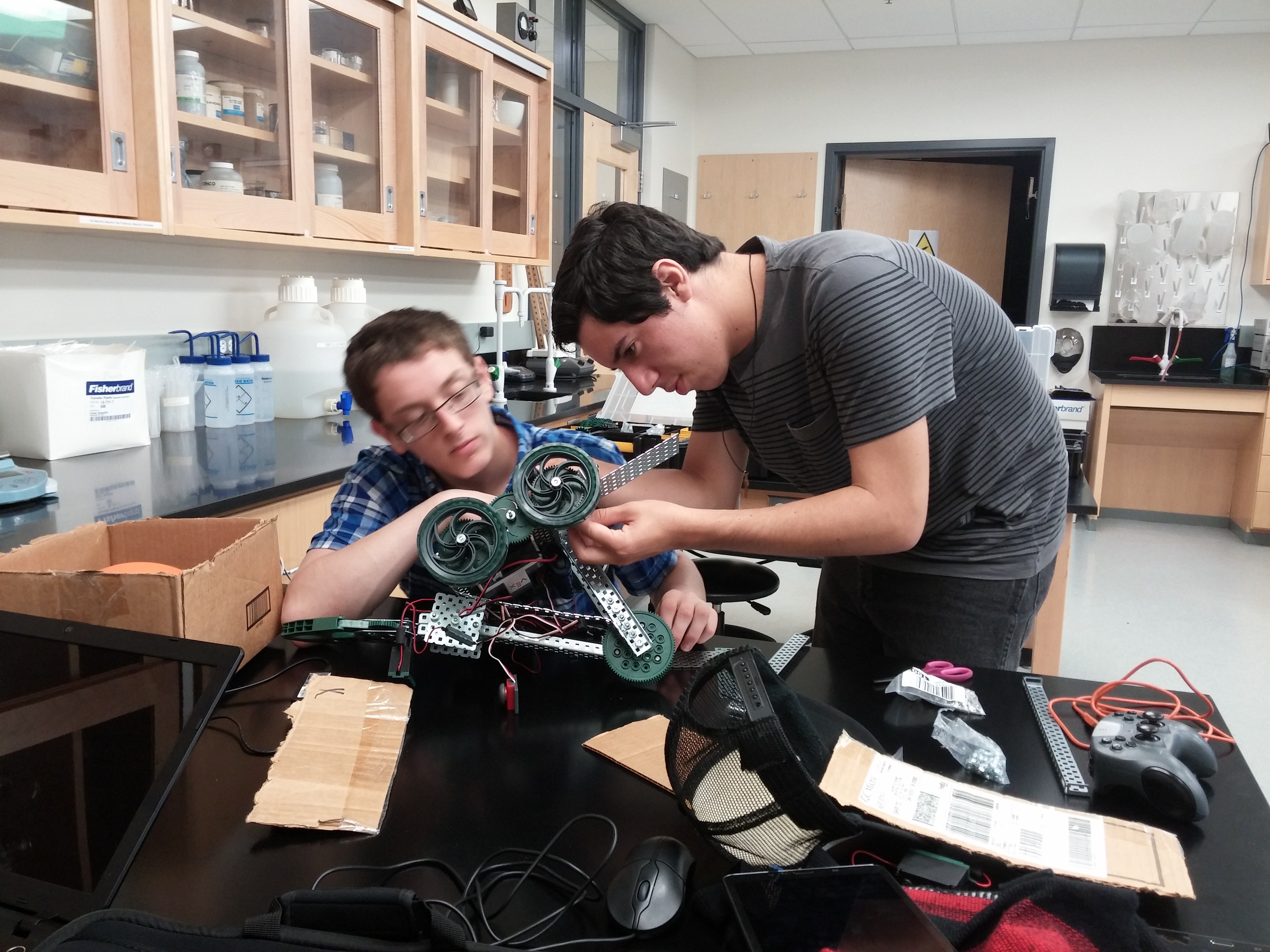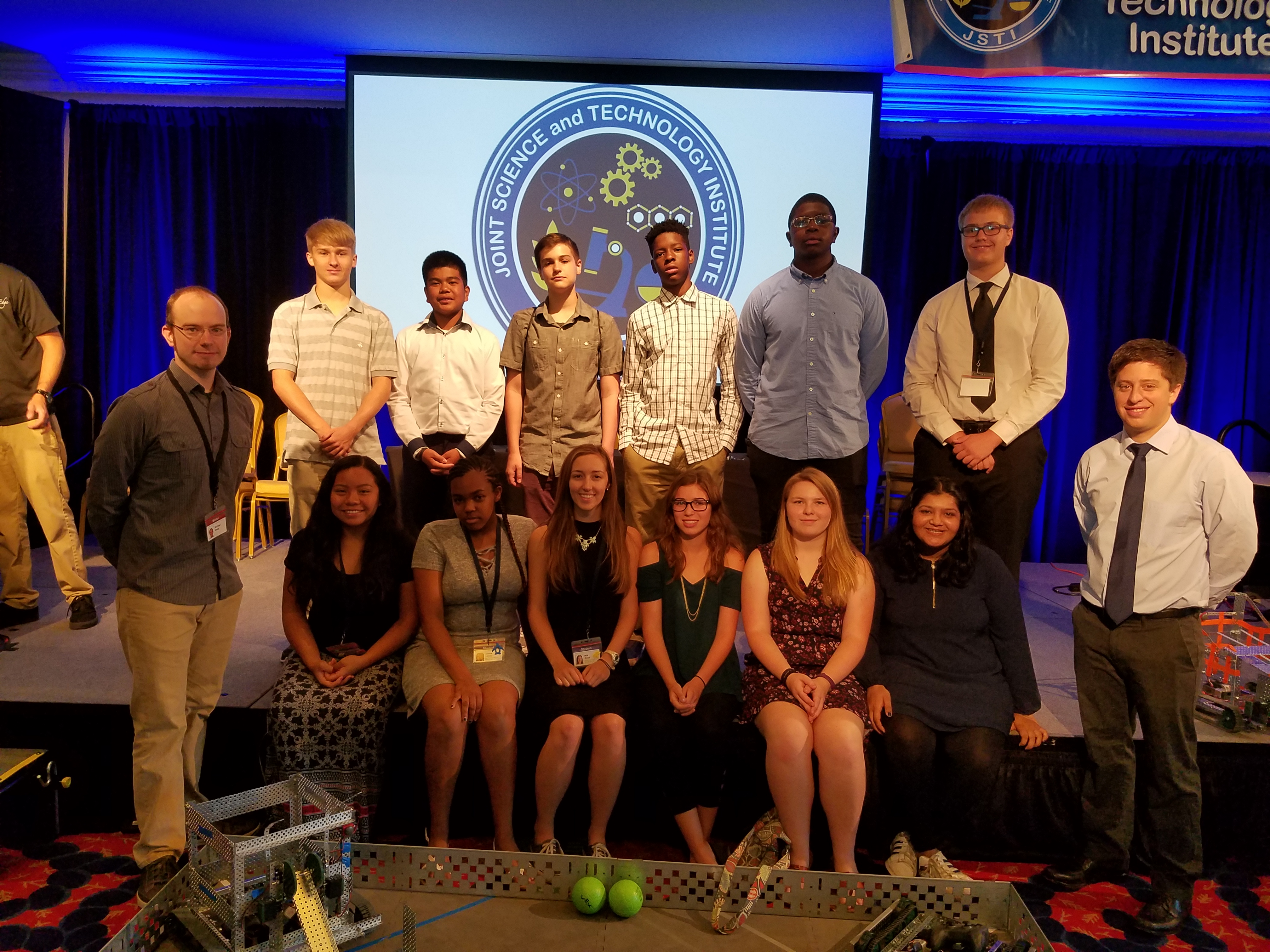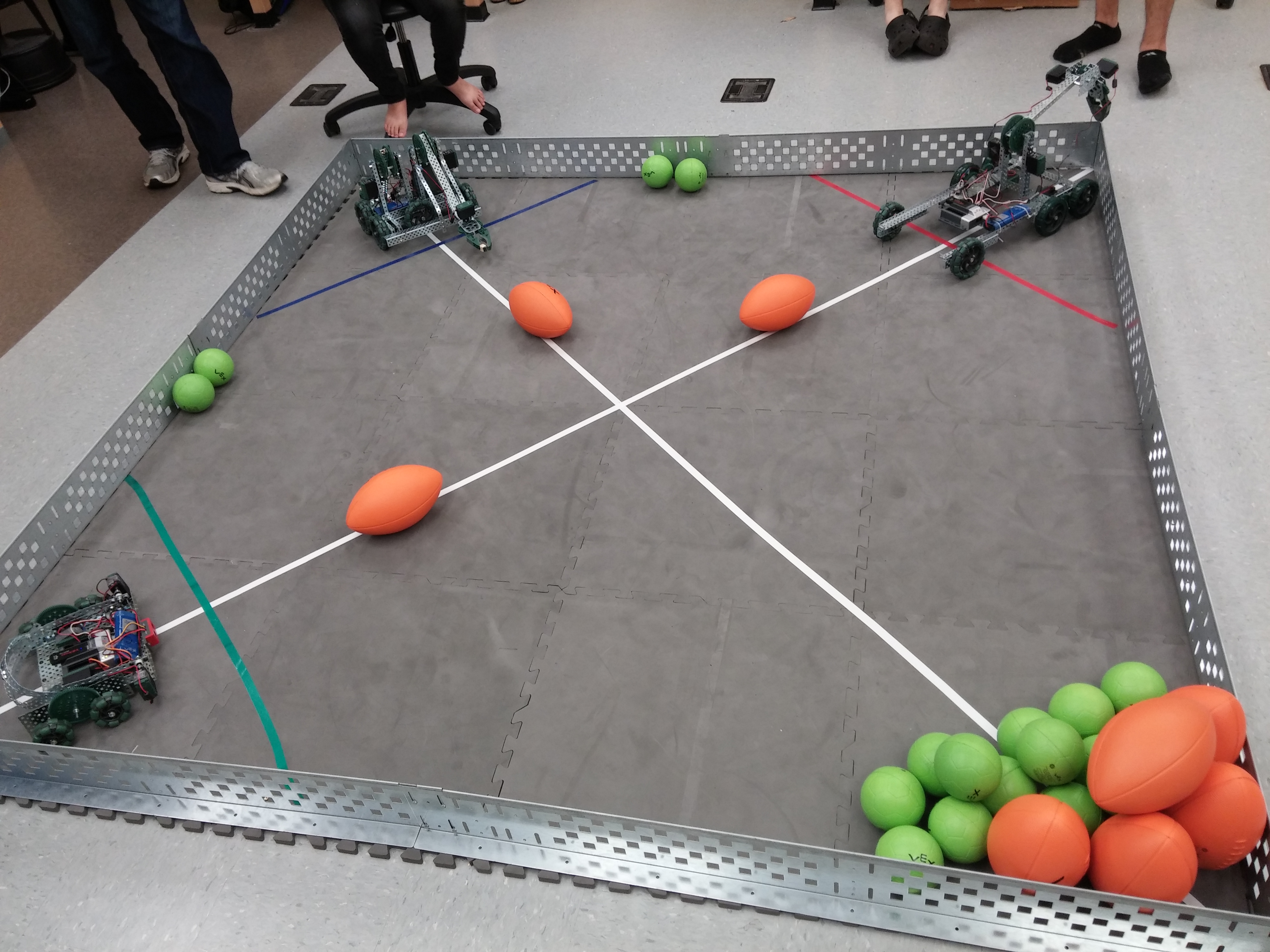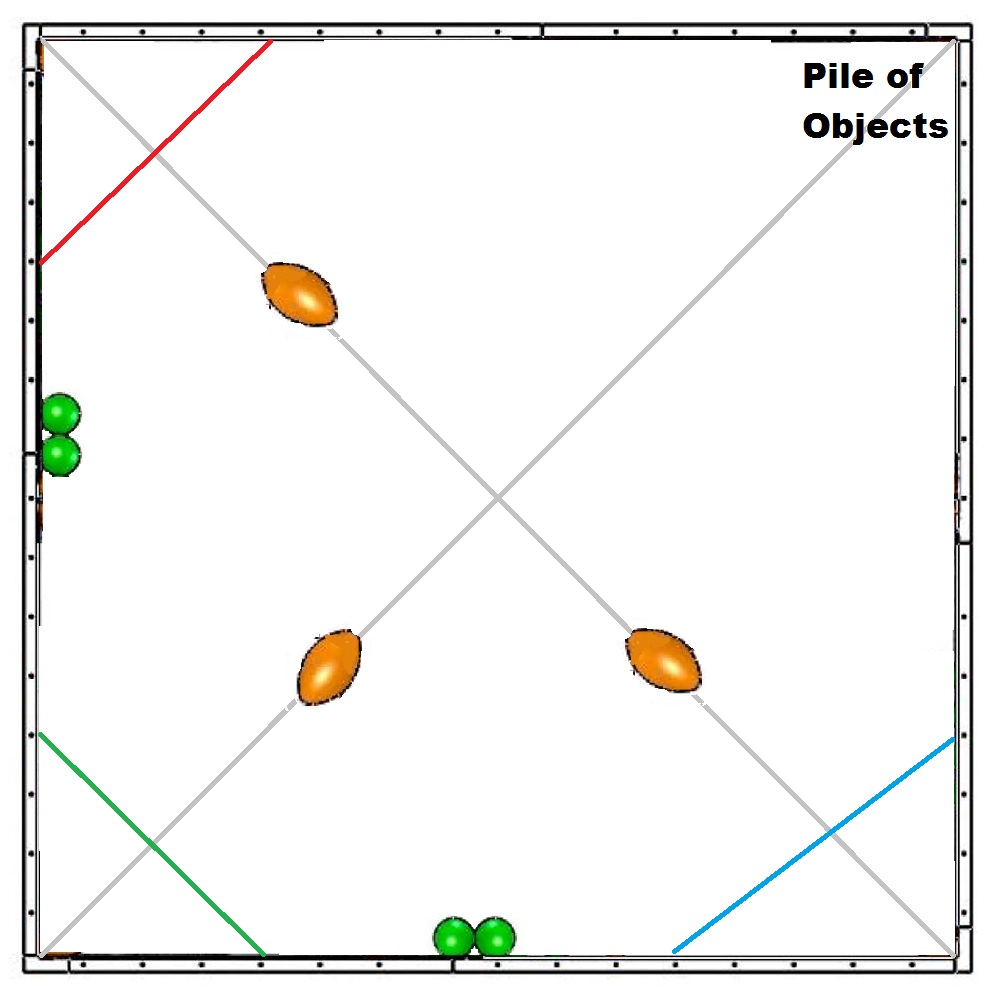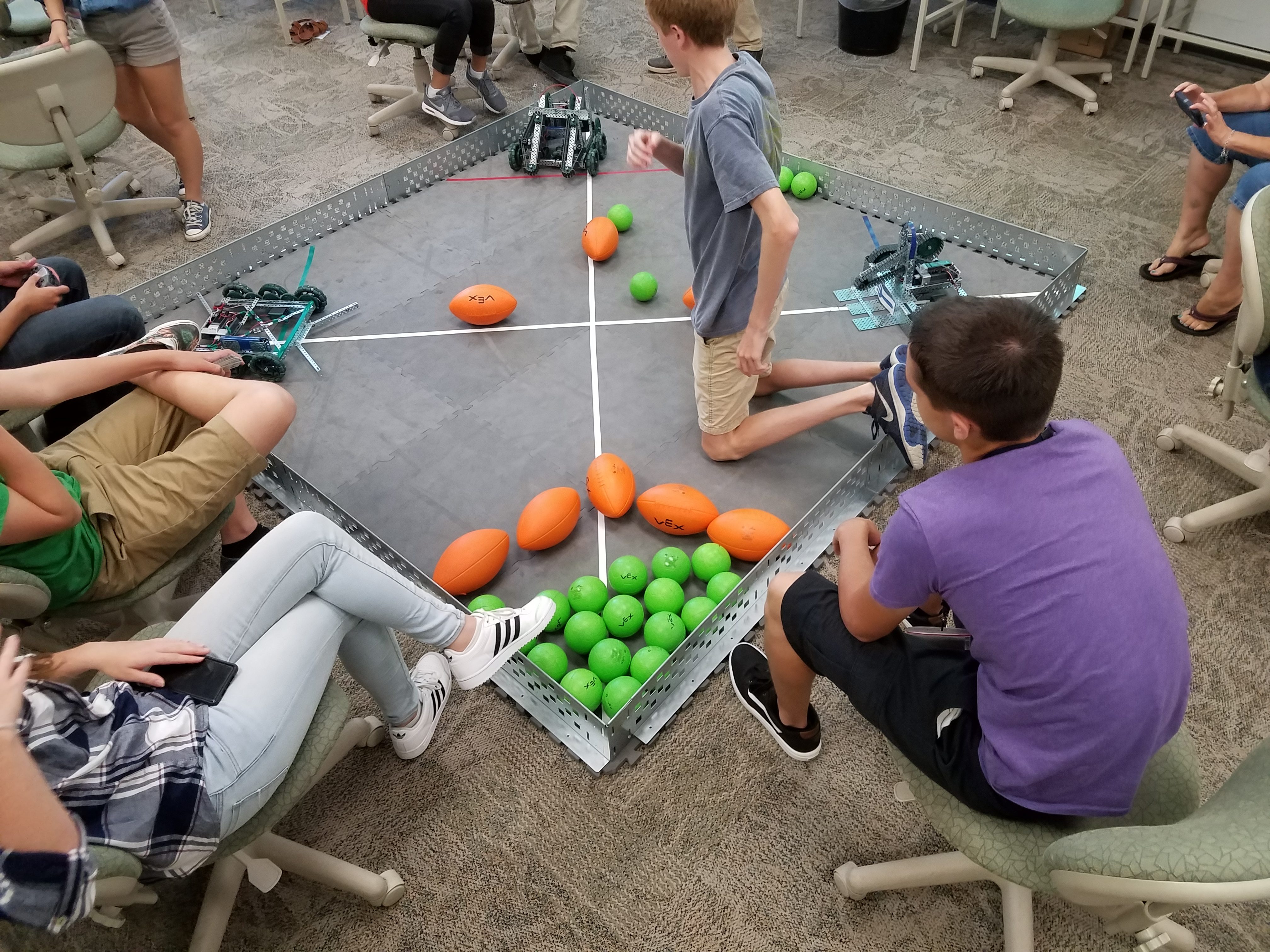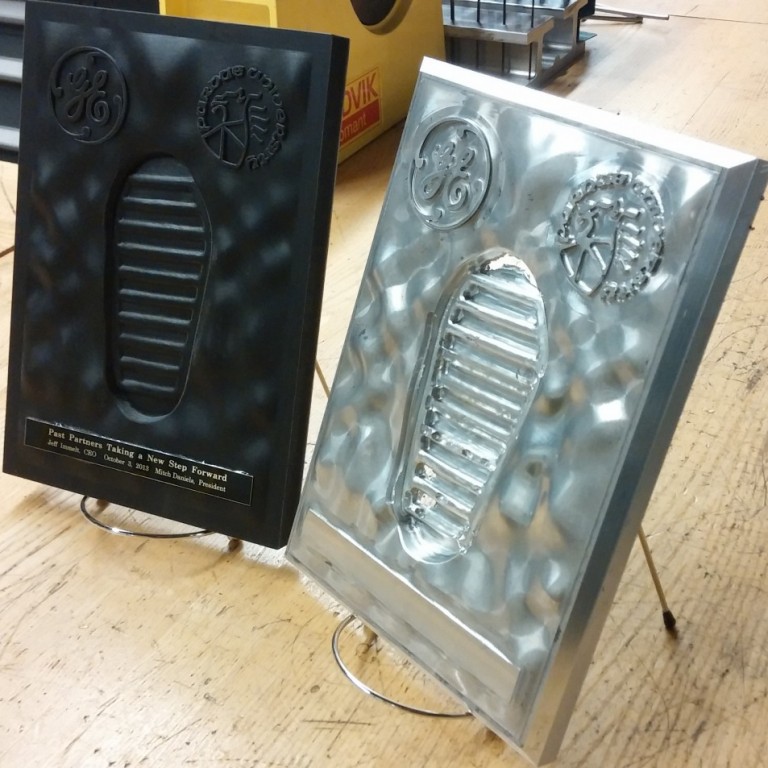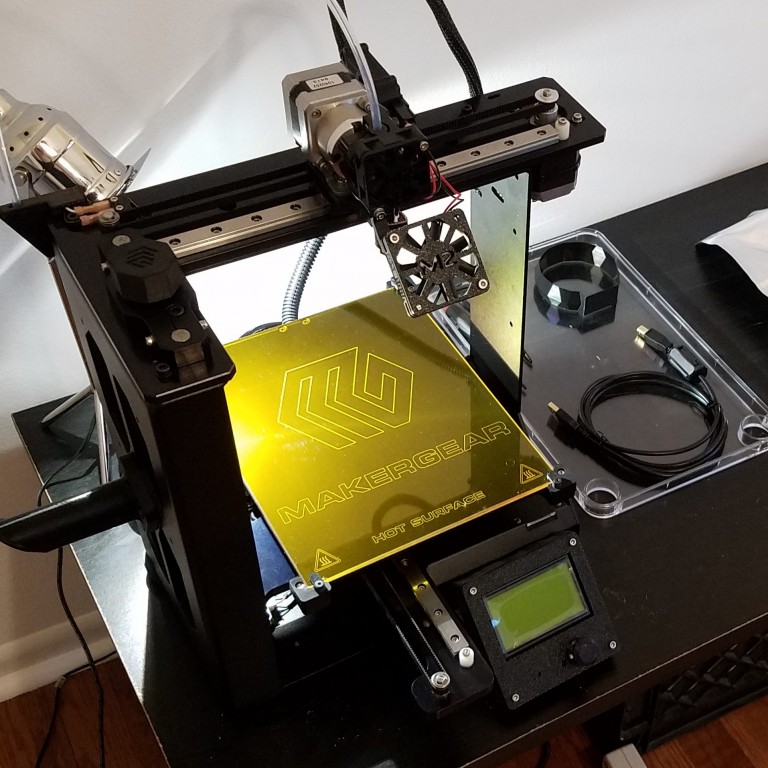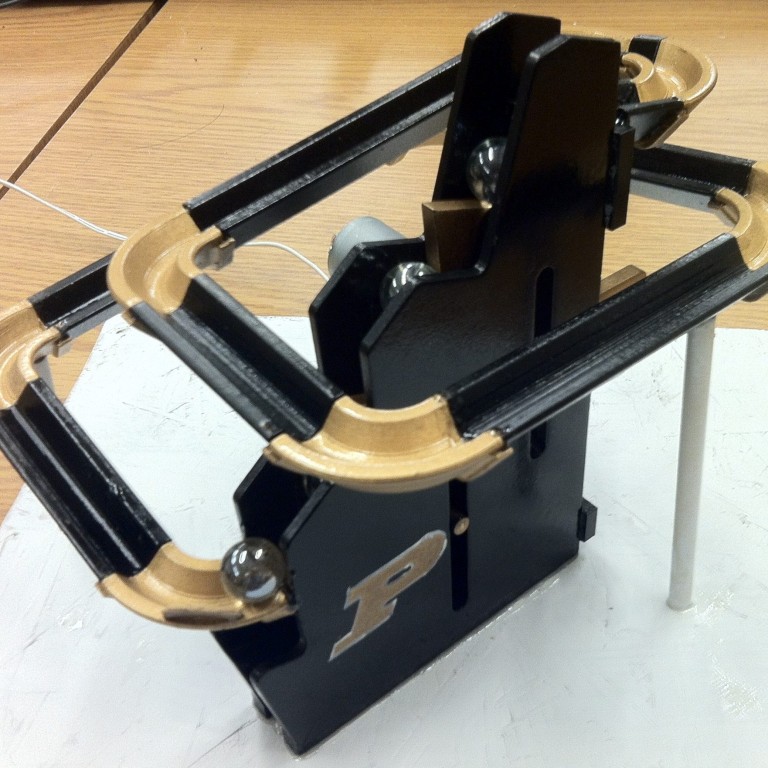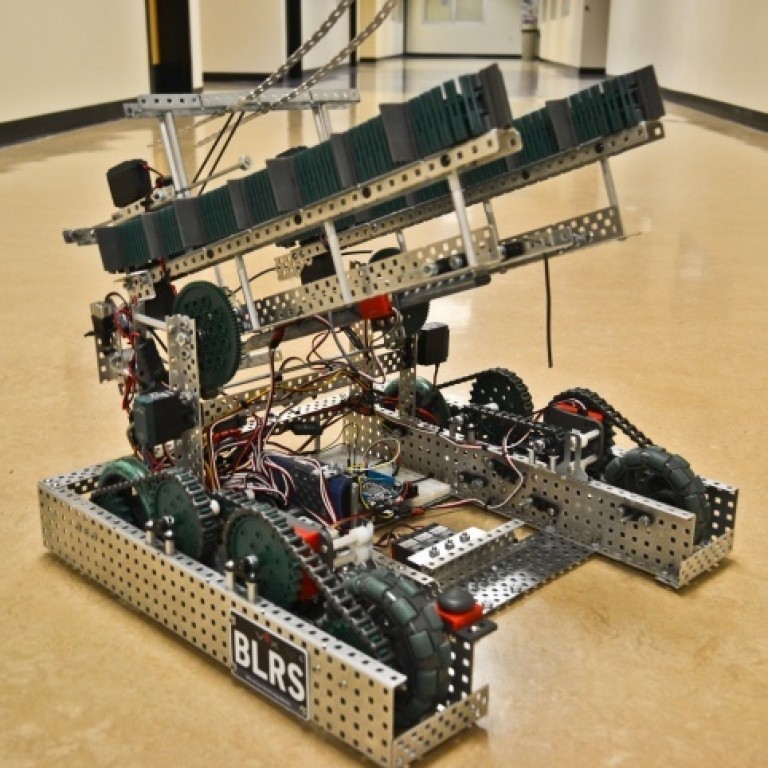Joint Science and Technology Institute
"Mr. Geuy" is my Father; Call Me... Sensei?
Somehow I find myself teaching for a couple weeks once a year
~6 Students
Each year I teach 6 (of 40 in the program) High School students from around the world
JSTI
Joint Science and Technology Institute - 2-week Science Technology Engineering and Math (STEM) focused program for Middle and High School Students, sponsored by the US Department of Defense’s Defense Threat Reduction Agency (DTRA) in Edgewood, MD
Cover all the Bases
Mechanical, Electrical, Programming -- VEX (Mobile), drones, industrial
Teacher/Mentor
2015: Robotics
2016: Robotics (assisted 3D Printing)
2017: Robotics/Drones
"The Joint Science and Technology Institute for Students is a two-week, fully-funded, residential STEM research program for current high school students in the United States and Department of Defense schools around the world. Students will participate in research projects mentored by Department of Defense research scientists and other subject matter experts. The purpose of the program is to inspire and encourage students to pursue careers in science, technology, engineering and math (STEM) fields, increase STEM literacy, and expose students to the importance of STEM through hands-on, relevant research." - JSTI Homepage
For the past few summers, I have mentored a Robotics class at JSTI. During these two weeks I have class 8 hours M-F, and live with, and advise the students on various projects they are given.
My class is pretty straightforward – I usually cover the following;
- “Robot, Cyborg, Mech, or Other” – I show pictures of famous characters and machines ranging from Darth Vader to a Human-Na’vi Avatar and as a group, students pick one and defend to one another
- Current uses and cutting edge research (thanks Youtube!) in the three sectors of current robotics – Mobile, Industrial, and Drones
- Basic Mechanics --from proper bolt tightening and tool names to gear ratios and basic sub-assemblies (using the VEX parts they’ll use later)
- Basic Electronics -- as limited to the available motors and sensors
- Basic Programming – Programming mentality and logic, If-Then/While/For loops, sensor integration, flashing firmware, etc
- Field trips, typically one to industry and one to Johns Hopkins Lab for Computational Sensing and Robotics
After a few days of covering the state of robotics and components thereof, I split them into teams of 2 to build a simple claw bot following the instructions that came with the VEX kits. This gets everyone up to speed with the hardware.
With everyone on equal footing, I introduce their main challenge (see below) and help the teams individually design and the build, program, and compete with, their final robots which they then present before their peers and parents.
Field perimeter is 10’x10’ and all teams have access to the same number of motors, microcontrollers, and other hardware. Complexity and strategy is up to them.
The rules are simple:
- Time: Autonomous/Self-Control: 30 sec, Driver Control: 2 min.
- Points: Spheres = (-1)pt, Footballs = 3pts, Your robot on your starting corner at end = 8pts
- Scoring: Any game object whose contact point with the ground (or robot microcontroller) is on or inside the line shall be considered scored (as judged by referee). All objects (including those stacked or inside robots) within the team’s starting corner shall be counted.
- Plus a few forbidding intentional entanglement, flipping, or pinning -- Rules Sheet here
